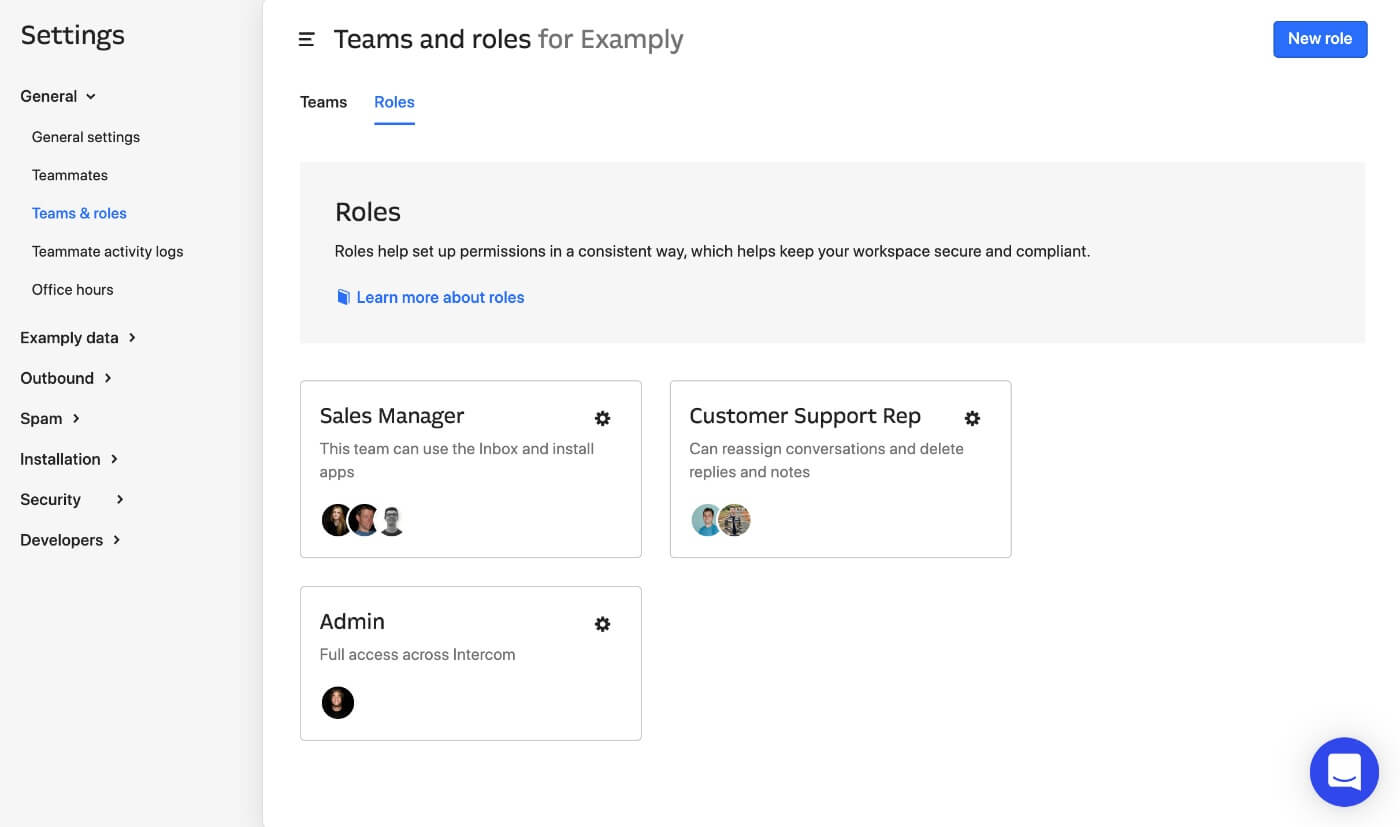Intercom Resolution Bot: Complete Buyer's Guide
Proactive AI-powered customer support automation
Intercom Resolution Bot represents a sophisticated evolution in AI-powered customer support automation, designed specifically for organizations seeking proactive query resolution rather than traditional reactive support models. Intercom Resolution Bot emerged from the company's Answer Bot development in 2018, evolving into comprehensive Resolution Bot capabilities by 2020 with enhanced multilingual support and proactive resolution features[40][42].
Market Position & Maturity
Market Standing
Intercom maintains a strong competitive position in the conversational AI market, with significant operational maturity demonstrated through its evolution from Answer Bot (2018) to comprehensive Resolution Bot capabilities by 2020[40][42].
Company Maturity
The vendor serves large enterprises effectively, with this segment representing 70.5% market share in AI chatbot implementations[19][20].
Growth Trajectory
Market validation comes through documented success across multiple industries, with B2B companies leading adoption at 58% versus 42% B2C[1][3].
Industry Recognition
Industry recognition appears in multiple case studies and implementation examples across SaaS, e-commerce, and fintech sectors[40][47][51].
Strategic Partnerships
The platform's integration partnerships with Shopify and Salesforce indicate strategic relationships with major enterprise software providers[53][54].
Longevity Assessment
Long-term viability assessment appears positive based on the vendor's established market presence, continuous product development, and enterprise customer base.
Proof of Capabilities
Customer Evidence
Documented enterprise success demonstrates Resolution Bot's effectiveness across multiple industries and use cases. Biteable, a video platform, successfully automated common queries like 'How can I create a video?' resulting in measurable support volume reduction and improved response times[47].
Quantified Outcomes
Lead generation capabilities show proven results through Livestorm's implementation, where the webinar platform increased inbound demos substantially after deploying Intercom's lead qualification workflows[47].
Case Study Analysis
Industry-specific success patterns emerge in e-commerce implementations where Resolution Bot handles order tracking, cart recovery, and personalized recommendations[53][58].
Market Validation
Customer retention evidence appears through continued platform usage and feature expansion among existing customers.
Competitive Wins
Competitive displacement occurs in scenarios where organizations replace traditional rule-based systems with Resolution Bot's AI-driven approach.
Reference Customers
Enterprise-scale validation includes implementations handling significant conversation volumes.
AI Technology
Intercom Resolution Bot leverages advanced natural language processing (NLP) that understands and responds to normal conversation patterns, enabling the platform to anticipate customer needs as they type[40][42].
Architecture
The core AI architecture employs machine learning algorithms that learn and improve from interaction data over time.
Primary Competitors
Primary competitors include Drift for B2B conversational marketing and ManyChat for rapid deployment scenarios[8][9][30].
Competitive Advantages
Competitive advantages center on proactive resolution capabilities that anticipate customer needs as they type, distinguishing Resolution Bot from reactive approaches used by most competitors[40][42].
Market Positioning
Market positioning shows Intercom targeting mid-market to enterprise B2B organizations while competitors like ManyChat focus on SMB rapid deployment and Drift emphasizes enterprise conversational marketing[8][9][30].
Win/Loss Scenarios
Win/loss scenarios favor Resolution Bot when organizations prioritize proactive customer engagement, established CRM integration requirements, and comprehensive automation capabilities[40][42][53].
Key Features

Pros & Cons
Use Cases
Integrations
Pricing
Featured In Articles
How We Researched This Guide
About This Guide: This comprehensive analysis is based on extensive competitive intelligence and real-world implementation data from leading AI vendors. StayModern updates this guide quarterly to reflect market developments and vendor performance changes.
59+ verified sources per analysis including official documentation, customer reviews, analyst reports, and industry publications.
- • Vendor documentation & whitepapers
- • Customer testimonials & case studies
- • Third-party analyst assessments
- • Industry benchmarking reports
Standardized assessment framework across 8 key dimensions for objective comparison.
- • Technology capabilities & architecture
- • Market position & customer evidence
- • Implementation experience & support
- • Pricing value & competitive position
Research is refreshed every 90 days to capture market changes and new vendor capabilities.
- • New product releases & features
- • Market positioning changes
- • Customer feedback integration
- • Competitive landscape shifts
Every claim is source-linked with direct citations to original materials for verification.
- • Clickable citation links
- • Original source attribution
- • Date stamps for currency
- • Quality score validation
Analysis follows systematic research protocols with consistent evaluation frameworks.
- • Standardized assessment criteria
- • Multi-source verification process
- • Consistent evaluation methodology
- • Quality assurance protocols
Buyer-focused analysis with transparent methodology and factual accuracy commitment.
- • Objective comparative analysis
- • Transparent research methodology
- • Factual accuracy commitment
- • Continuous quality improvement
Quality Commitment: If you find any inaccuracies in our analysis on this page, please contact us at research@staymodern.ai. We're committed to maintaining the highest standards of research integrity and will investigate and correct any issues promptly.